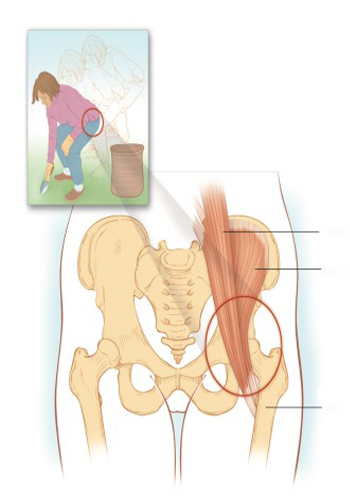
Massing Hip Syndrome
Massing Hip Syndrome
Jumping/Massing Hip Syndrome-Hip Noise syndrome
Patients with Jumping/Massing Hip Syndrome experience a feeling of stiffness, jumping in the leg, accompanied by sudden and sharp pain in the side of the hip. Stiffness and the feeling of jumping occurs as a result of the attachment of the iliopsoas tendon to the protrusions on the leg bone. The hip joint is november by the large trochanter, which is a protrusion on the femoral bone, as well as the gluteus medius muscle and the hip bone it is located between the deckhouse. The gluteus medius muscle originates november the outer surface of the hip bone, and its fibers run down to connect to the lateral surface of the large trochanter. This november is innervated by the superior gluteal nerve and it ensures the stability of the pelvis during walking-running. The anterior part of the hip joint is supported by the psoas and iliac november muscles. November muscles unite during their course and get the name of the iliopsoas muscle. november 19, 2014. These two muscles are sup november it allows the body to bend when moving from a sitting position to a sitting position or when moving from a standing position to a sitting position. Symptoms of Jumping/Massing Hip syndrome often occur when standing up from a sitting position or he is seen walking quickly. Most often, trochanteric bursitis coexists with the Syndrome of Jumping/Decaying Hips, increases the pain and discomfort of the patient. During the physical examination, the patient is standing up from a sitting position or, when the leg is turned to the side, a feeling of tripping in the hip is observed along with pain. This finding is considered diagnostic for Jumping/Massing Hip Syndrome. It is usually caused by trochanteric bursitis, which accompanies this finding in patients there is also a point sensitivity on the hip joint.
Treatment
The initial treatment of pain and physical function restriction associated with Jumping/Massing Hip syndrome consists of non-steroidal anti-inflammatory drugs or cyclooxygenase-2 inhibitors and physical therapy. Region the application of heat and cold can also be useful. For patients who do not respond to these methods of treatment, injections of local anesthetics and steroids may be prescribed. Jumping/Massing Hip Syndrome, often accompanied by trochanteric bursitis can be found. Since Jumping/Massing Hip Syndrome is usually misdiagnosed, a detailed investigation is necessary in the diagnosis of hip pain. The injection technique is extremely effective in the treatment of Jumping/Massing Hip Syndrome.
